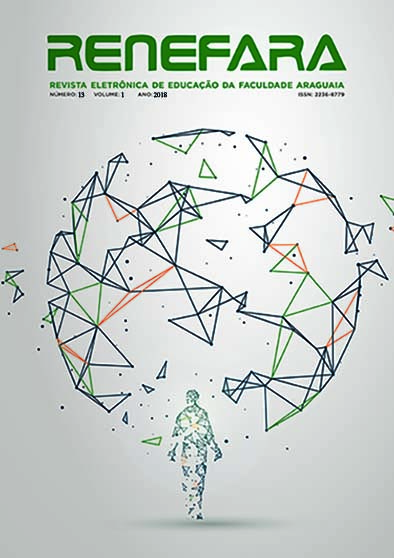ANALYSIS OF THE INFLUENCE OF RIGID CORE AND SEMI-RIGID CONNECTIONS ON THE STRUCTURAL BEHAVIOR OF BUILDINGS WITH PRECAST CONCRETE STRUCTURES
Keywords:
Precast Structure, global stability, semirrigid connections, rigid core.Abstract
This study intends to analyze the influence of rigid core and semi-rigid connections in the global stability of precast structures. In the study, it was considered a structure with and without rigid core, where was varied the value of the rotation restriction factor αR of beam-column and the number of floors of the building. Thus, it"™s was possible to identify the influence of these devices on the in global stability of the structure through the analysis of the values of γZ, horizontal displacement, bending moments at the base of the column, negative and positive bending moments on the beam. It was possible to realize that the higher, the structure the structure will need a greater rotation restriction factor αR of beam-column connections to stay stable. However, the addition of the rigid core to the structure allowed a decrease of the rotation restriction factor αR to ensure the stability of the structure.
Downloads
Published
Issue
Section
License
The copyright of the published articles will be transferred to the Uniaaraguaia Magazine, allowing its subsequent reproduction as transcription and with due citation of source. In the event of acceptance and before the publication of the article, the plaintiff (s) shall write a statement formally transferring copyright to the magazine.
The author may also print and distribute copies of his article, provided that he mentions that the rights belong to the Uniaaraguaia Magazine.
Author rights include the right to reproduce in full or partly by any means, distribute this article, including figures and photographs.
By submitting originals to the Uniaaraguaia magazine, the author or authors express agreement with the following terms:
a) Authors maintain copyright and grant Uniaraguaia magazine the right of first publication, with the work simultaneously licensed under the Creative Commons Attribution license that allows the sharing of work with recognition of the authorship and initial publication in this magazine.
b) Authors are authorized to assume additional contracts separately, for non-expiration distribution of the work version published in this magazine (eg publish in institutional repository or as book chapter), with recognition of authorship and initial publication in this journal.
c) Authors are allowed and are encouraged to publish and distribute their work online (eg in institutional repositories or on their personal page) to any point before or during the editorial process, as this can generate productive changes as well as increase the impact and citation of published work.

